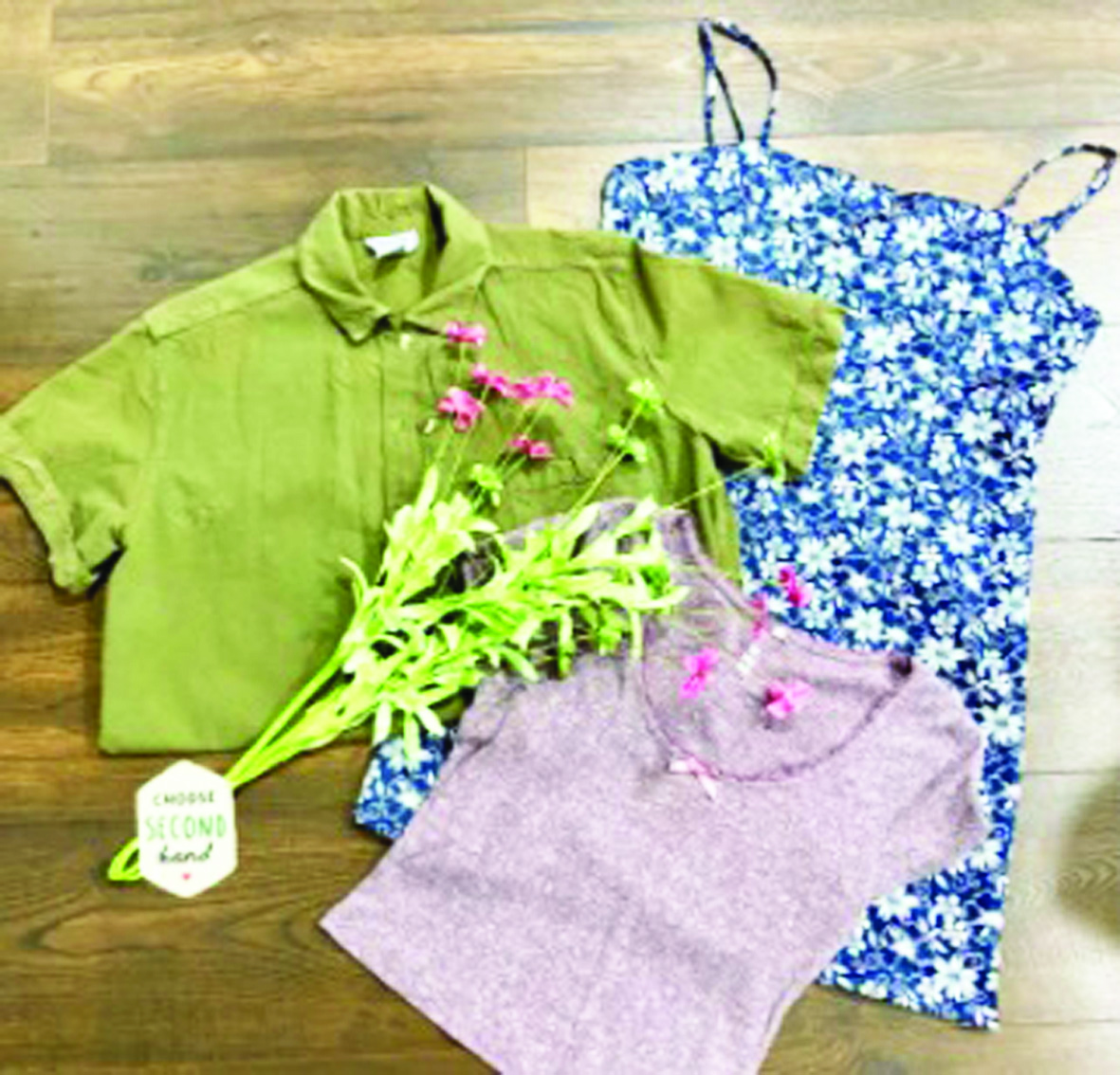The simple question-“Where do my clothes come from?”-is one that you should ask every time you get dressed. Fast fashion is a highly profitable business that mass produces trendy clothing at a considerably low price. This may sound like a steal, but the environmental effects that it has left on the Earth have been detrimental.
The factors of fast fashion- trend replication, competitive pricing, and rapid production- all sum up to environmental degradation. The items are cheap in price and in quality, and the mass production of these lower quality clothes end up getting tossed faster than our Earth can sustain. Garments full of lead and other synthetics get thrown out to total nearly 11 million tons in just the US alone. Since harsh chemicals don’t naturally break down, our ecosystem is left with decades of carbon pollution. According to Business Insider, “Fashion production comprises 10% of total global carbon emissions. It dries up water sources and pollutes rivers and streams, while 85% of all textiles go to dumps each year.” The toxic chemicals, dangerous dyes, and synthetic fabrics that come from the textiles all seep into the water supplies where these creations are made, as well as at home where we wash them, making it equivalent to 50 billion plastic bottles a year.
With this in mind, it is our responsibility to break the cycle of fast fashion to optimistically alleviate the destructive effects put on our planet. One way we can reduce the environmental impact from the fast fashion industry is by buying less. Of course, it’ll be difficult to boycott big brands such as Forever 21, H&M, Uniqlo, and Fashion Nova, but by starting to buy less, it’ll be harder for them to continue their mass productions. We can also purchase clothes from more sufficient brands or places. I personally, along with many of my friends, love to go thrift shopping. Instead of going to the mall to buy from unsustainable overrated brands, thrifting is a good way to find cute, inexpensive, and sustainable clothes. Lastly, we can think twice before we throw our clothes out. Our wardrobe typically consists of synthetic, non biodegradable fiber that’ll pile up in the landfill. We can either donate, repair, or recycle our items to support second-hand clothing. Revamping old pieces is a new hobby that many teenagers are partaking in to live more eco-friendly. Others are resellings outfits on online apps, such as Depop, with the intention of earning money while renewing their closet.

